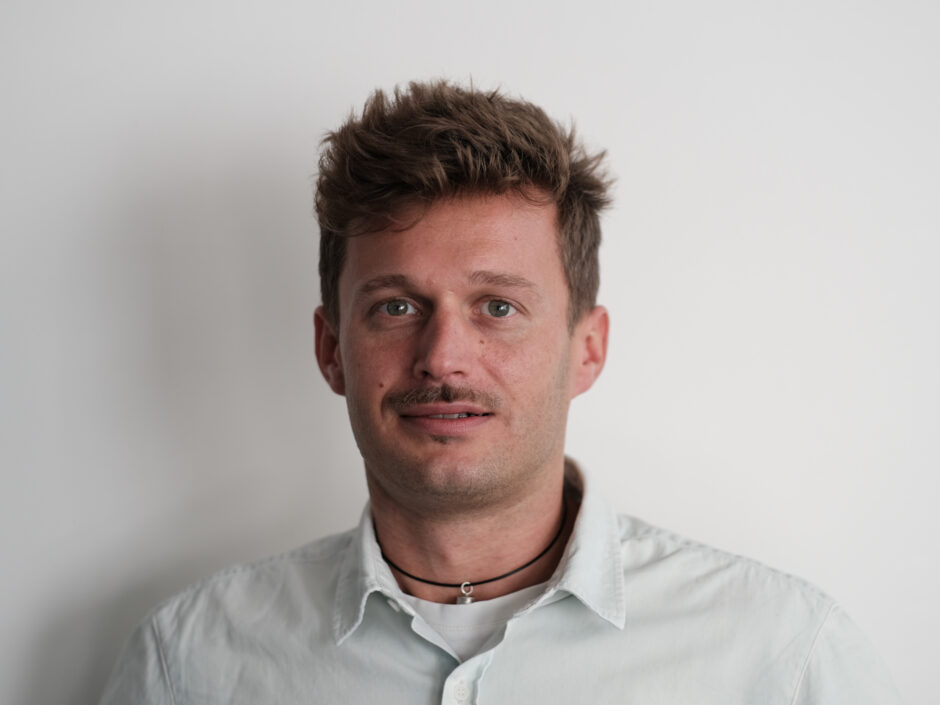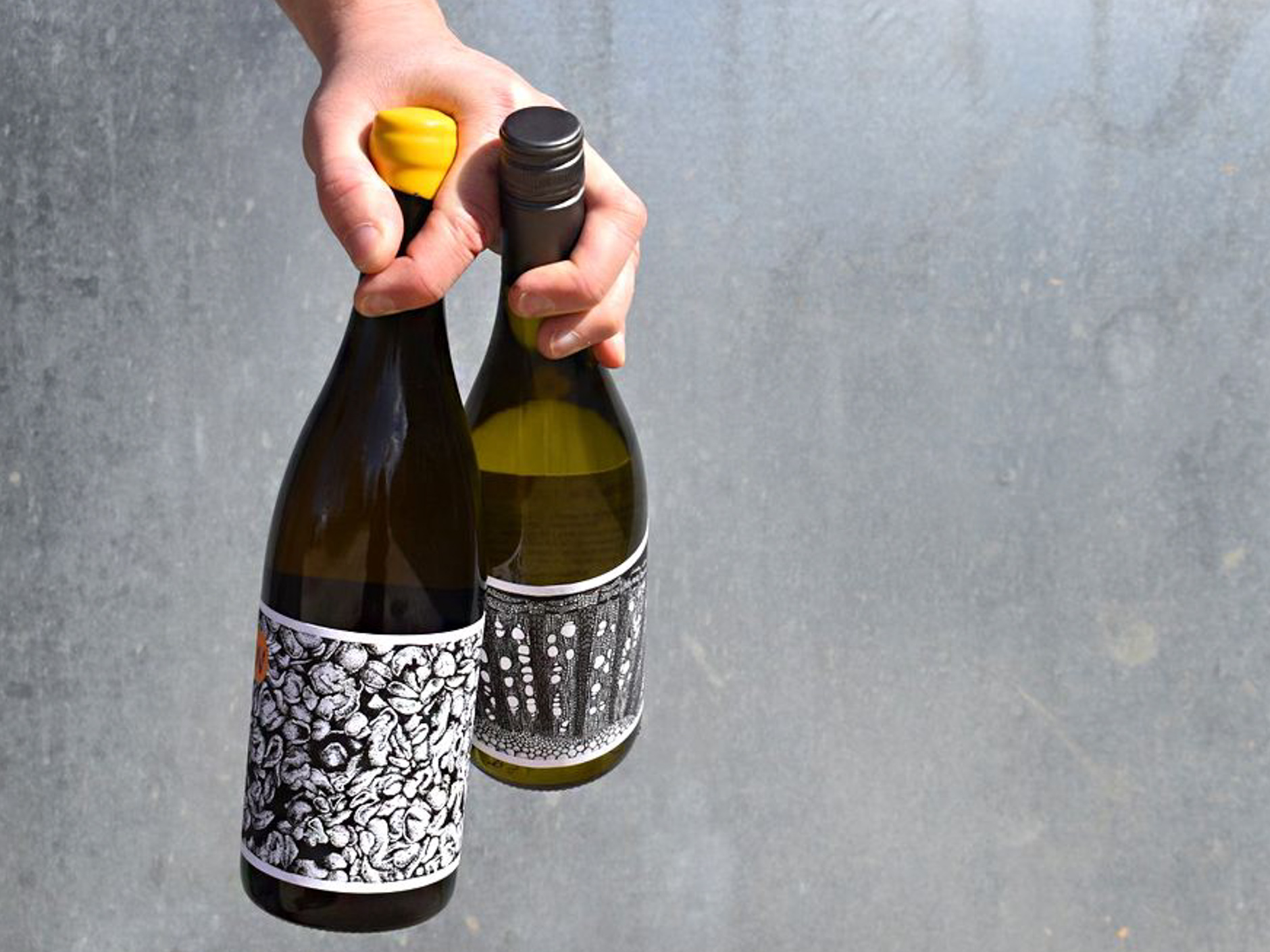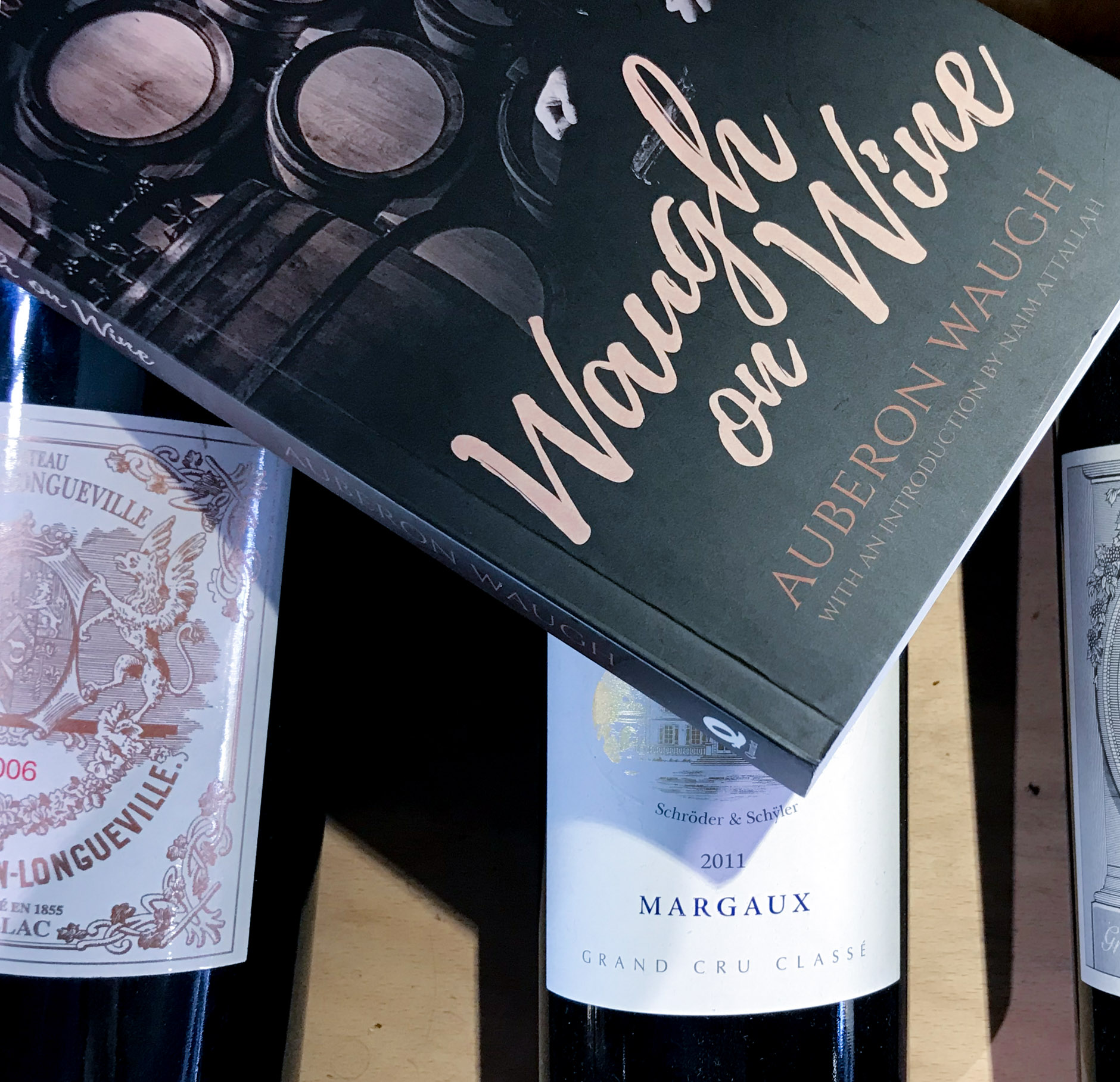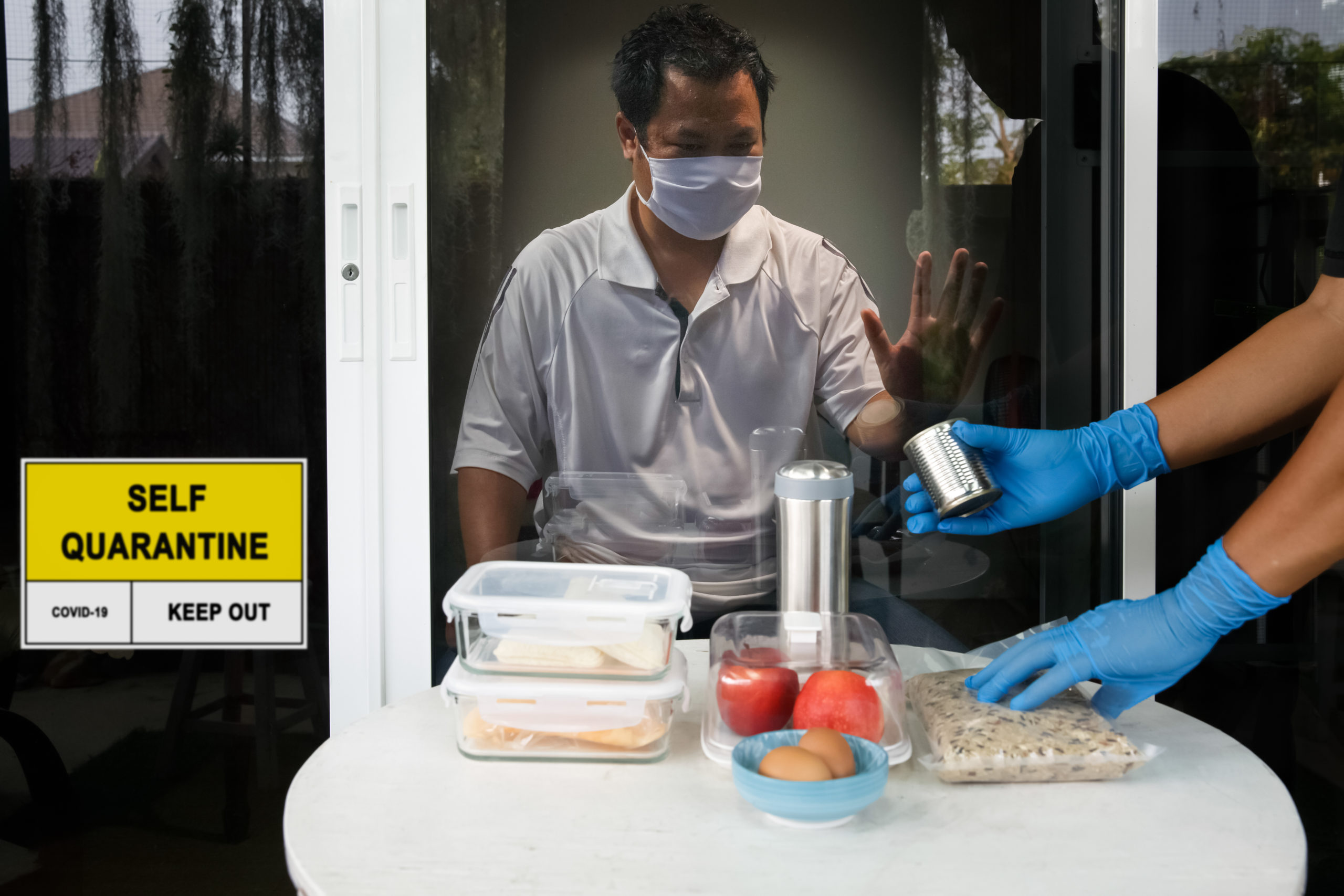As more and more wine is sold online this increases the risk of ‘fake’ wine ending up on the market. VinID is a Swiss company that has developed a fascinating tool to ensure the authenticity of wine using a form of unique digital passport that cannot be copied. Palate contributing writer Amanda David (AD) caught up with the MD of vinID, Sebastian Schier (SS), to learn more about how his company’s cutting-edge technology is combatting the sale of counterfeit wine and ultimately protecting both vintners and consumers.
AD: How big a problem is counterfeit wine to the average consumer?
SS: Obviously it’s difficult to be precise but the general consensus is that about 20% of wine is counterfeit, with a high percentage of that in the Asian market and in the high-end wines being traded globally. There are two main ways you can fake wine. You can either take a high-end bottle of wine, say a Château Pétrus or Château Latour 1945, these kind of unicorn wines, then drink or sell the contents and try to refill the bottles; or you can aim at a mid-market wine, say £30 a bottle upwards, make a thousand cases and distribute them through wholesalers and supermarkets.
You might have heard of Rudy Kurniawan. He famously faked unicorn bottles, very rare Burgundies. He drank the wines, refilled the bottles with an inferior wine and sold them to private collectors. Some wineries actually ask customers to smash the bottle after they have drunk a rare wine and send them a picture, to try and prevent this type of forgery. The vinID tag solves this as it goes over the top of the cork. The tag has opening detection, so the seal cannot be removed or broken without it registering on the app that the bottle has been opened.
Each bottle has a near-field communication (NFC) tag, which means that it can communicate wirelessly and transfer data to another device – in other words, you can tap your phone on the neck of the bottle and exchange information. Then each tag has a non-fungible token (NFT) which cannot be altered. This kind of “phygital” technology, where NFTs can link a physical item like a bottle of wine with its digital counterpart, will be increasingly key as more and more transactions are happening online.
In this way, each bottle gets a kind of digital passport which tracks ownership. So, the winery confirms that it has been sold to the wine merchant and then the client who buys the wine can register the bottle themselves. This maximises transparency for the buyer. Fast forward thirty years and you will be able to choose between buying a bottle that was bought from the winery and then kept in someone’s cellar, or one which has been bought and sold by several collectors and shipped around the world.
AD: Could that information be taken into account when calculating the likely condition, and therefore the value, of a specific bottle of wine?
SS: Absolutely, yes, that’s what we expect to happen.
This also allows the client to create a digitally-twinned cellar; then, when a bottle is registered as opened, it moves to the archive section on the app so they have a digital journal of their wine consumption.
AD: Will they be able to add their own comments to that?
SS: The new version of the app will be out later this year with additional features including the option to add notes. A little further out, we are planning that if you open a special bottle of wine with friends, once you burn the token and it moves to archive, you will have the option of sharing child tokens with your friends as a memento of the occasion.
AD: What about the supermarket and high street wine merchant forgeries?
SS: We combat the mass production of counterfeit wine by dynamically encrypting unique NFC tags with their own ID that cannot be copied. If you’re using a QR code, or any other type of visual image, a forger can reproduce that.
It’s not just security though, there are several areas of added value. Once a client has registered the bottle, the vintner is able to communicate with the client directly – for example, ten years on they may send a message saying that they had opened that vintage, decanted it for four hours and that it was ready to drink but that they recommend waiting another five to ten years for it to reach its peak. Potentially they may run a loyalty programme for clients who regularly buy a new release and invite them to tasting events.
AD: So once the seal is broken, the wine producer can track that the bottle has been opened?
SS: Yes, correct.
AD: That’s quite specific sales and marketing data.
SS: Yes – the vintners are able to reward buyers who actually drink the wine. Wine has an emotional aspect; people who make wine love their product and want clients to enjoy it – in moderation, obviously, but not necessarily just speculate with it. They can maybe invite them to a VIP vertical tasting, or something like that. The idea is to create ongoing touch points, to connect the vintner with their end consumer.
Another angle to this is that wine can be a complex topic, requiring advice. Who better to provide that than the makers of the wine?
AD: That’s quite an opportunity, on both sides. What kind of information are the wineries making available and how does that work?
SS: The buyer simply downloads the app and then taps the bottle with their phone. It will always show the wine as authenticated and the digital passport which traces ownership – all this is stored on blockchain and it’s immutable. It will then generally have customisable information about the vineyard and facts about that particular vintage: how the harvest went, tasting notes, food pairings, alcohol level and so on. If you enable push notifications you can access information about the next release or special editions, plus we can attach videos. There’s so much content out there but it can be hard for the consumer to know where to look.
AD: It can be intimidating, I think.
SS: I’m just finishing up my WSET Diploma and I like to compare it to someone sitting in front of a huge bookshelf; the problem is, when you start you don’t even know which book to pick. Then, when you get into it you start to learn more and more which questions to ask. Here, it can be linked to the actual wine. The new generation of wine drinkers may be looking for wines that are organic, or sustainably produced; this way, the story of the wine can be authenticated and shared.
Of course, if the winery develops an ongoing relationship with the customer then they may start to sell to them directly, which would be a better deal for both of them. Medium to long term, we think this will be the modus operandi in the wine business.
AD: So, will you get pushback from the wine wholesalers?
SS: Some of them see us as a threat and don’t want to talk to us, but there are some that see the way it is going – there will still need to be merchants, right? The vinter is unlikely to be set up for distribution. Some merchants speculate themselves, so they buy the wine and put it away, which the wineries don’t like. Then there are merchants with good client contacts and relationships; they’re the ones that are also going to benefit.
AD: This would be very useful data for wine merchants as well as for producers, I suppose?
SS: Absolutely. In fact, our very first partnership was with a wine merchant who equipped his Bordeaux 2018 En Primeur with our technology, first to add value for his clients but also to get information about consumption.
AD: You’re quite a new company. What are your main challenges?
SS: We are a fully-owned subsidiary of collectID, which has been around since 2018 and successfully implemented this technology in the sports and fashion industries, but this side of the business is relatively new. Our success is going to be about adoption, not technology. We are convinced that you need to talk to the vintners as a wine specialist, not as a tech sales guy. Ultimately, we are helping them to protect their business and their heritage.
This interview took place in September 2022 and was published in November 2022.






